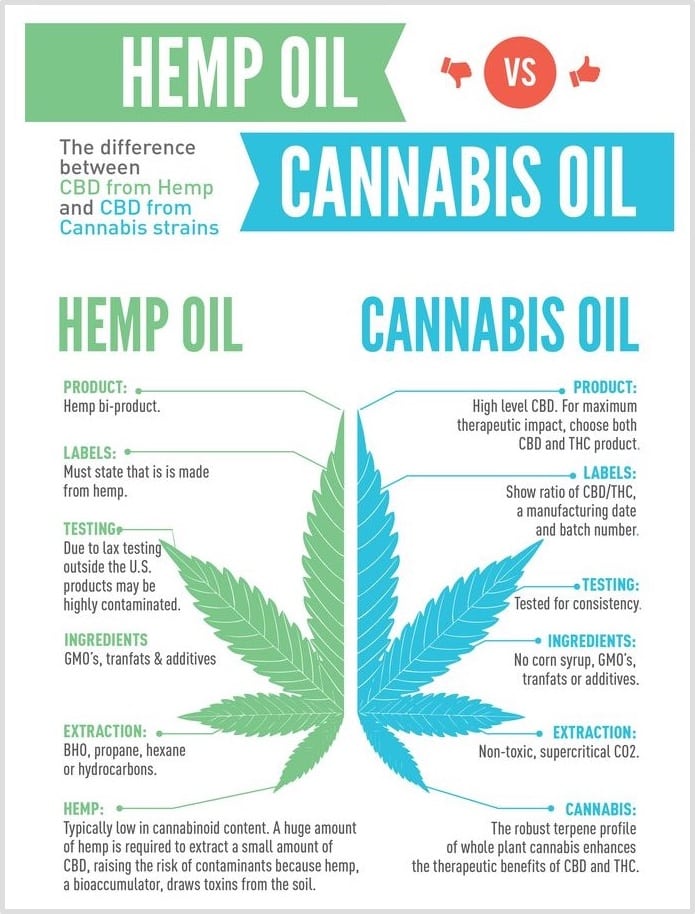
4 Tips for Creating Effective Content in an Emerging Industry
Remember when marketers were wringing their hands over weak IoT sales? In the years since, Americans have become the leading adopters of smart home devices.
What happened? Content creators caught on. News outlets chased the “next big thing” in tech. Brands put out smart-home setup guides. Security experts wrote how-to after how-to article about securing smart devices.
Not all of the content painted the IoT in a perfect light — but it didn’t need to. What those articles, videos, and podcasts did is normalize smart devices: The more consumers read, the more informed they felt. After a few years and a few hundred pieces of content, most people became comfortable enough with IoT products to spend money on them. In fact, it even changed the game those early marketers were playing.
The IoT market’s experience shows just how powerful content can be for emerging industries. Consumers don’t grab unfamiliar products off the shelves “just because.” Here are some tactics to warm them up to new types of products.
Quick Takeaways:
- Content can help create familiarity with new products and technology. Use it for educating customers.
- Support your messaging with appealing but non-intrusive visual content.
- Use social networks, influencer marketing, and other methods to spread the word quickly.
1. Know What Your Audience Doesn’t
All great content is educational. Baking brands post recipes because they know a smart way to sell more cake mix is to give consumers new ideas on how to use it. The reason their content doesn’t gloss over instructions on how to operate the mixer, for instance, is because it’s common knowledge.
Companies in emerging industries don’t have that luxury. Marketing agency Hawke Media suggests that brands selling CBD — the non-psychoactive component of cannabis — assume consumers are starting at ground zero: What’s the best way to ingest the product? What effects can they expect? Some brands even appoint a chief education officer to ensure products are delivered with those details in tow.

Although not every new product needs an instruction manual, err on the side of overcommunication. Survey consumers about what they find confusing about your product. Build blog posts around those topics. Brainstorm other questions that could come up, and add the answers to an FAQ page.
2. Tell a Story That Feels Familiar
When Google Glass hit the market, it seemed so new to consumers that they didn’t know what to do with it. If the same product were to debut today, The Venture Reality Fund’s co-founder predicts, it would succeed thanks to users’ familiarity with augmented and virtual reality devices.
Where Google went wrong was overplaying the futuristic aspects of Glass. Content can play up what’s new about a product, but it can also showcase similarities with existing ones. Although that isn’t a smart strategy in an established market, it works when users worry about understanding a new product.
The secret is to start with pain points: Show that you understand the challenge consumers are facing. Explain how your product solves them in a way that isn’t completely foreign, but simply better than existing approaches. The auto industry did this smoothly with lane assistance: Instead of calling it “semi-autonomous vehicle technology,” automakers merely gave users another tool for keeping the car in its lane.
3. Get the Word-of-Mouth Ball Rolling
Until recently, dating profiles looked like encyclopedia entries: Online daters were told they had to list their everything from their hobbies and pets to their favorite flavor of ice cream.
Tinder changed all of that — without placing a single ad on traditional channels, brand marketing experts at JAKK Media point out. Although Tinder is typically used for dating, it’s more of a location-specific personal evaluation and meetup tool. Smartly, it realized that branding wouldn’t sell well on television or radio.
What did Tinder do instead? It let users do the talking for it. By investing in social media content and hiring campus representatives, Tinder became the app every teen and young adult wanted to try. Videos and contests are also great content pairings for a word-of-mouth marketing strategy.
4. Invest in Art and Design
Few markets feel less accessible to consumers than artificial intelligence and healthcare. Put them together, and the result is a sector that needs some serious explanation. But because medical journal articles aren’t exactly mass marketing tools, the AI healthcare industry is leaning on art and design.
Complex, serious industries like AI healthcare call for simple, calming marketing. One writer associated with 99Designs notes that the industry’s visual content tends to be minimalistic and isometric. Its typography is minimalistic, with sans serif fonts and few words.

Don’t try to diagram your product. Consider the emotions consumers feel when they think about your space. Use visual content to suggest your product can address or enhance them. AI healthcare content suggests simplicity and safety; cannabis illustrations might imply relaxation and wellness.
Emerging markets may be new, but the content strategies best used to support them aren’t. Know your audience members, understand their challenges, and prove your product can solve them. That’s all there is to it.






